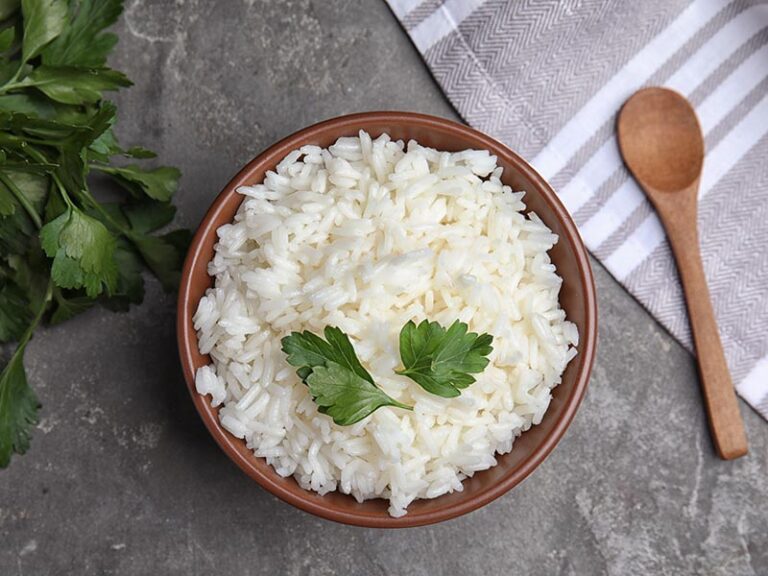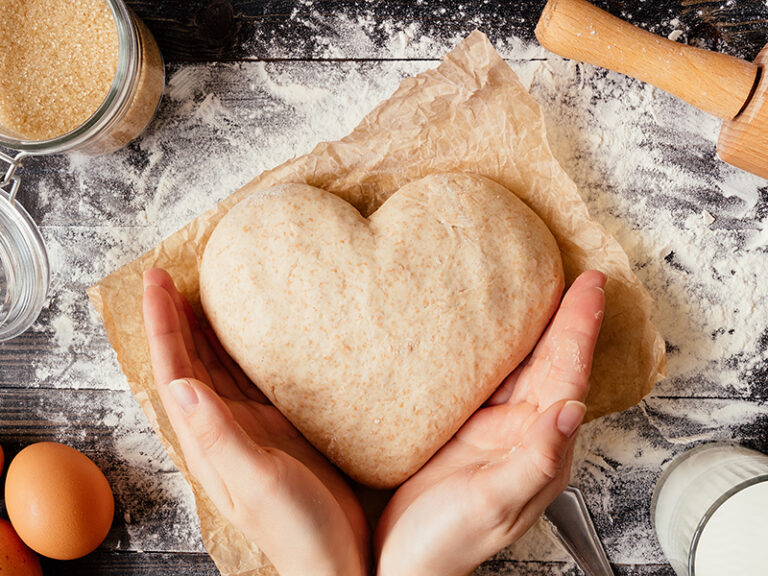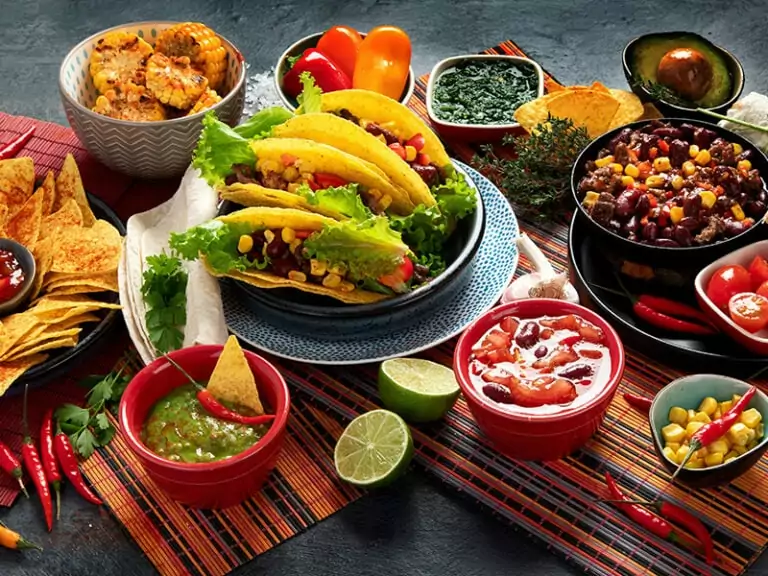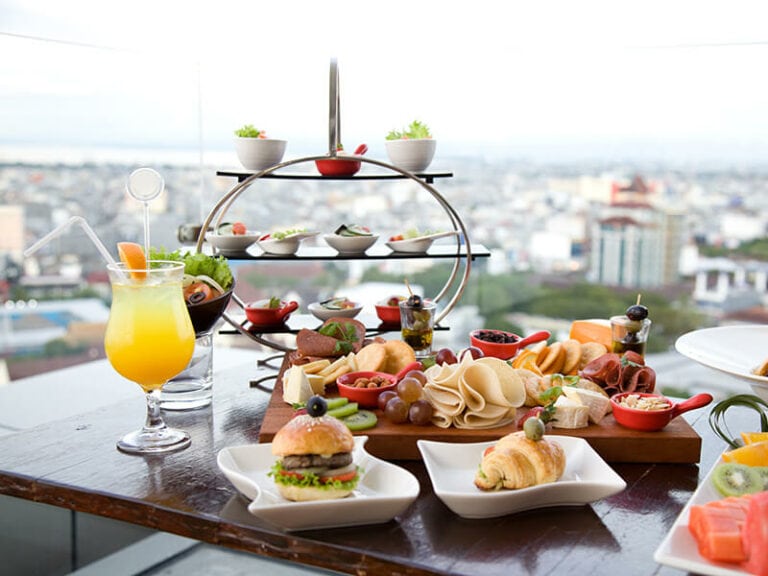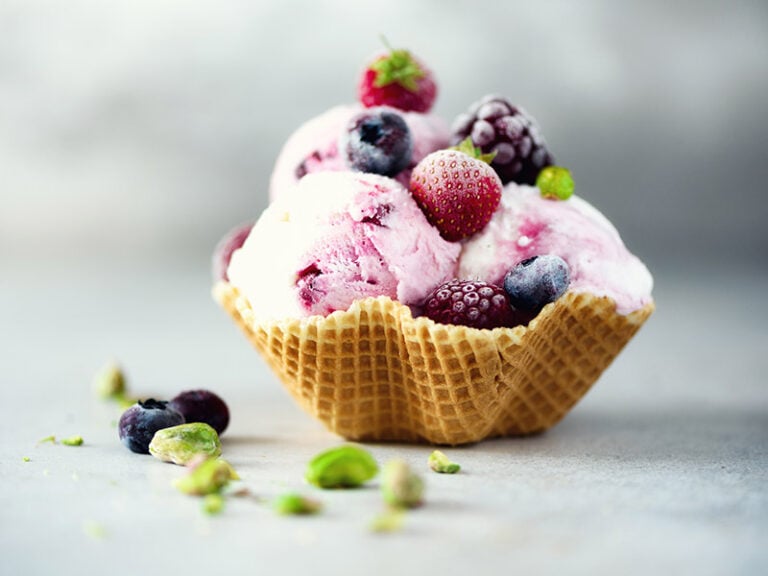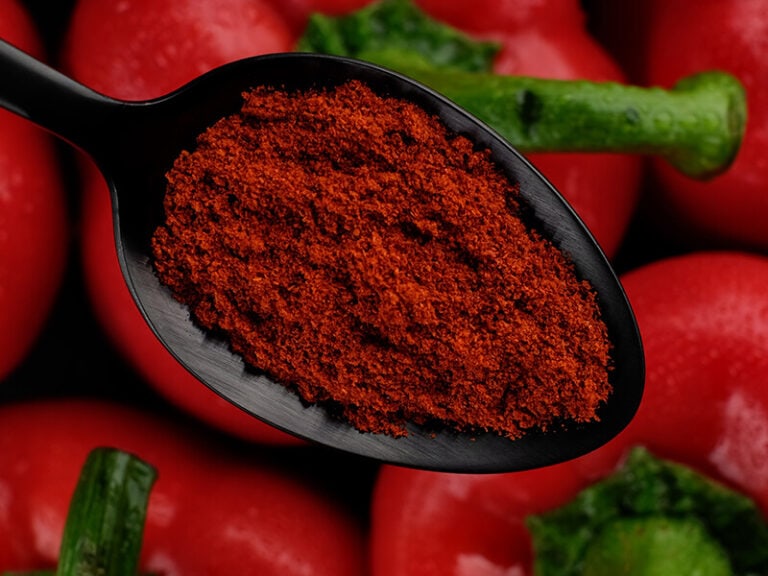Blue steak – What is it? And is it safe to eat? Blue steak has become a part of US culinary culture, from fancy five-star restaurants to ordinary meals in many households. It possesses a fancy look and melting texture that no other meat can match.
However, many lifelong fans of beef still get cold feet when seeing a blue steak red and “almost raw” inner texture. So, is it safe for your health to consume blue steak? What’s the origin behind its name? This post will tell you everything about blue steak.
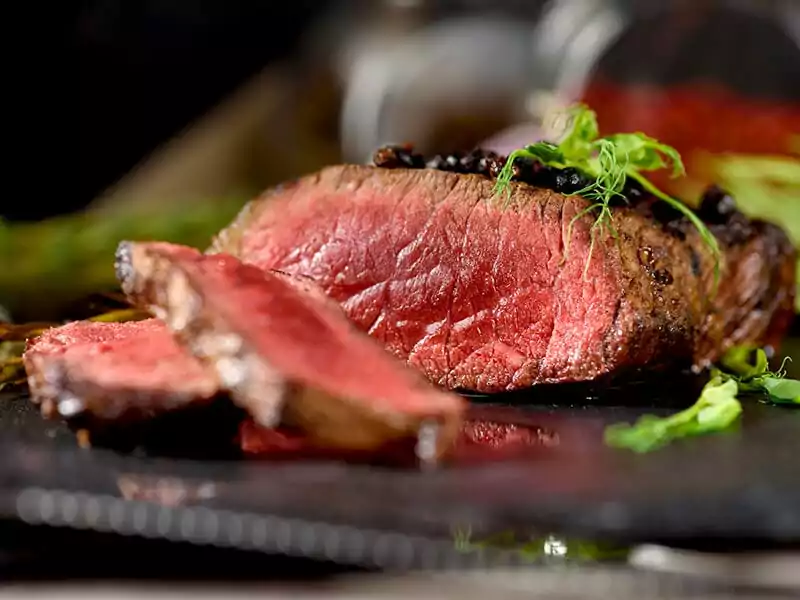
What Is Blue Steak?
Blue steak has an extra rare doneness. The steak is usually cooked for a short period (1 or two minutes) on the grill under 115°F to sear its external sides, while the inner textures stay rare or uncooked.
Blue steak is considered the rarest stage on the steak doneness chart, which consists of five main stages with increasing temperatures: rare, medium rare, medium, medium well, and well done.
While the temperature of 120°F to 130°F of rare steak produces a bright red, cool inner texture, blue steak is just briefly seared on the two sides over high heat.
A perfect blue steak should have both sides seared with a charred texture and an internal temperature of 115°F to 120°F (46 °C to 49 °C).
Before dwelling on the in-depth details of blue steak, here is a brief overview of this gorgeous dish.
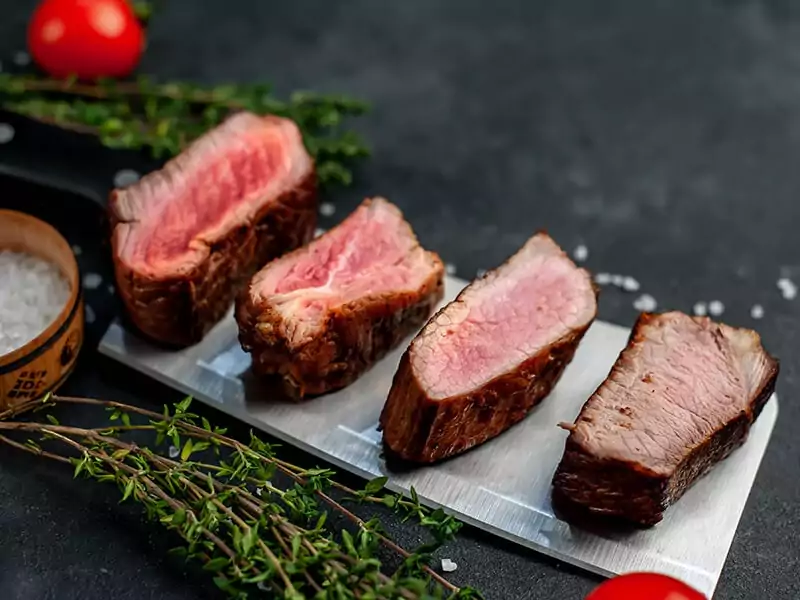
Why Does It Have The Name Blue Steak?
The name “blue steak”, “bleu”, or “blue rare” comes from their appearance and color. When you cut a freshly cooked blue steak, its inner texture has a bluish hue or faint purple color. This signature blue color is caused by the lack of oxygen in the meat’s residual blood.
However, that bluish color of the steak doesn’t last very long. After cutting the meat and exposing its inner surface to oxygen, the meat will slowly turn back into a bright red color due to the oxygenation of myoglobin, a pigmented liquid.
Myoglobin is commonly seen when you slice a newly cooked flank steak without allowing it a brief resting time. Without oxygen, this substance will turn into deoxymyoglobin with a typical purple-red color.
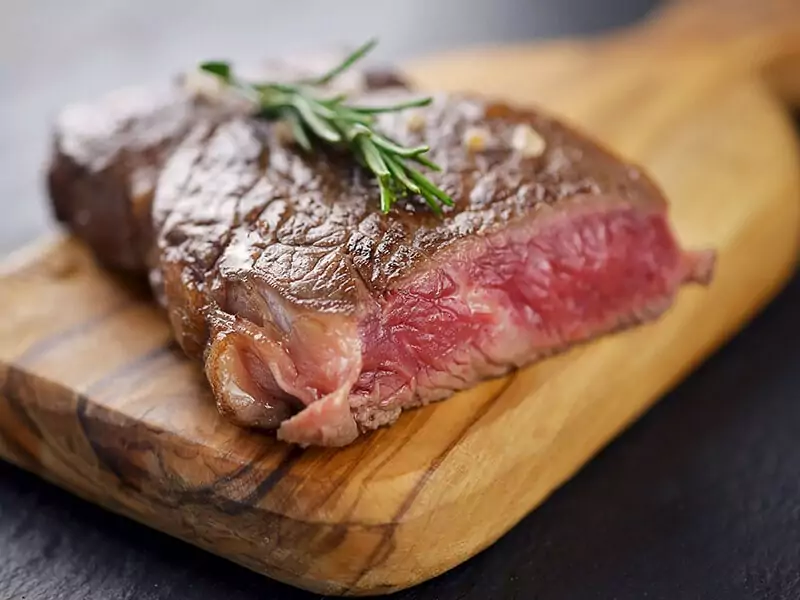
Blue Steak Is Not For Everyone
The first bite on a blue steak’s outer seared surface tastes like a well-done or medium steak. However, the flavors change when you reach that steak’s “bleu” interior texture.
While the outer sear of the freshly cooked steak is still warm and hot, its interior is very cool and raw, which tastes similar to raw meat. There is no special aroma except for a mild blood-like taste.
Some diners describe the inner part of blue steak as spongy, with a less juicy texture than a medium rare steak. This taste is unique, but it doesn’t suit everyone’s taste. Some people find blue steak very appetizing, while others cannot tolerate its raw flavors.
Due to their pretty similar tenderness and flavors, many fans of rare steaks will find blue steaks delicious. Blue steak is not an excellent choice if you cannot taste blood or raw food.
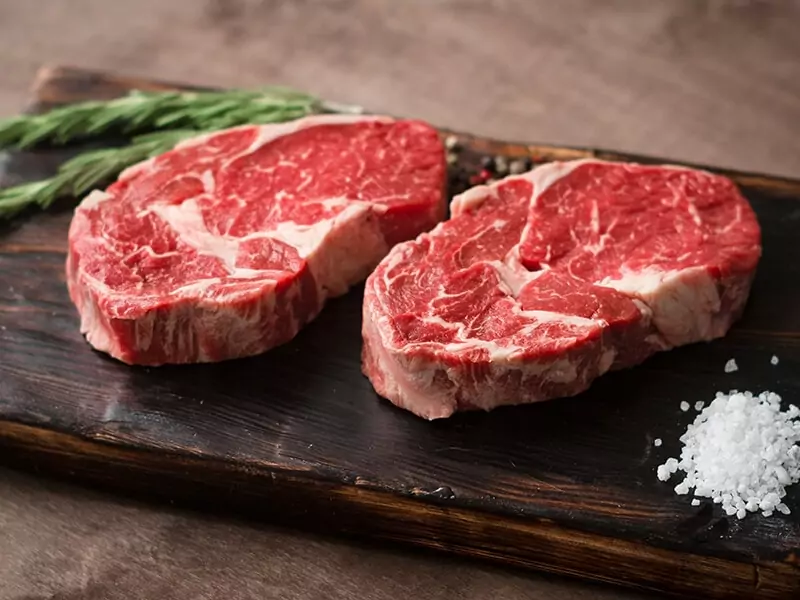
What Texture Is Blue Steak?
A properly cooked slice of blue steak features a very soft and tender texture that melts like butter in your mouth. The meat feels spongy but has no resistance or chewiness like a well-done steak.
You can relax your hand and feel the muscle between your forefinger and thumb. The muscle’s softness and resilience are similar to a blue steak’s texture. However, the inner part of the blue steak, where the heat hasn’t penetrated, is challenging to chew.
Discover the different doneness levels of steaks.
Is Blue Steak Safe To Eat?
Blue steak is generally safe for consumption if you choose high-quality, fresh beef and cook it in the right methods. However, eating blue steak still carries the potential for bacterial infections since its inner content is not fully cooked.
Raw meat may carry harmful bacteria like Listeria, Salmonella, and E Coli, which can cause food poisoning and infection in humans. These bacteria cannot survive when heated at high temperatures (around 145°F/64 °C) long enough.
Therefore, harmful bacteria like E. Coli will be eliminated when searing the steak on high heat, but it’s only safe on its outer surface. Since the heat cannot penetrate the inner texture quickly, some bacteria may remain inside.(1)
Therefore, if you cook a blue steak that carries harmful bacteria, there’s a chance you’ll get food poisoning and serious infection. Using clean and fresh meat from trustworthy providers would be fine, but the risks are always present.
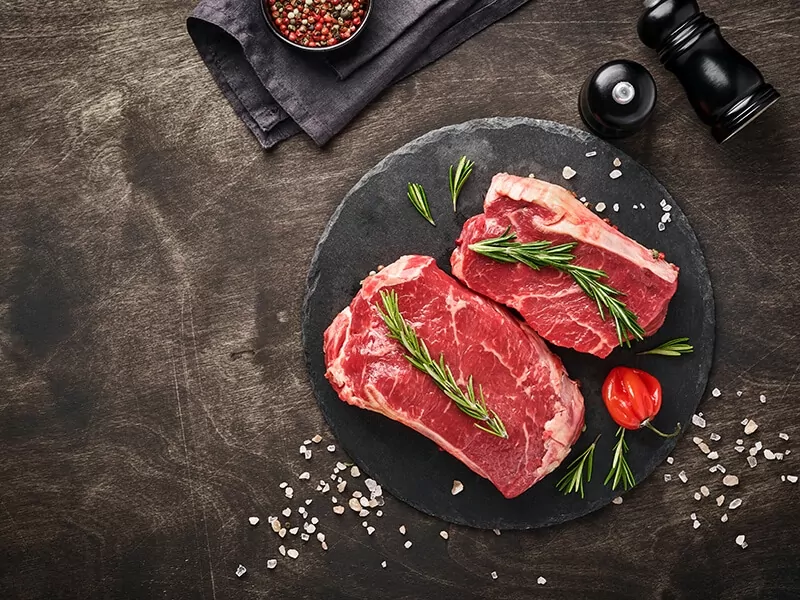
How To Keep Your Meat Safe For Consumption
The bacteria responsible for food poisoning can thrive if you don’t refrigerate the meat (below 0°F or -17 °C). Therefore, it’s advisable to use refrigerated or freshly cut meat slices from local farms to avoid contamination.
After purchasing the meat from the store, put it in the fridge as soon as you get home. In addition, don’t put the fresh meat in hot environments or expose it to sunlight. If you go shopping by car, store the meat in an ice-pack or insulate package.
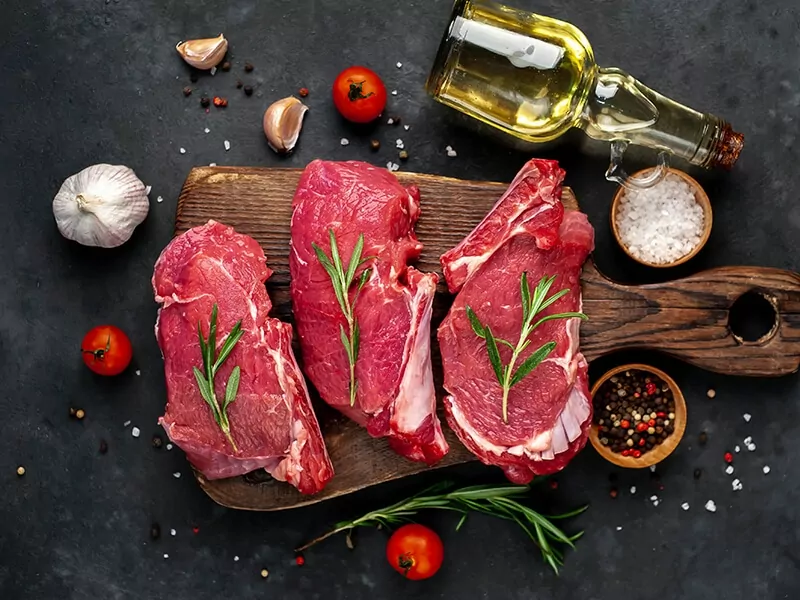
Who Should Avoid Eating Blue Steak?
Generally, it’s not recommended to consume blue steak and raw meat regularly, especially for people with a weak immune system that cannot handle the harmful bacteria in raw meat.
Children under five should avoid blue steak completely since they have underdeveloped immune systems. Blue steak is unhealthy for the elderly at 70 years old and above, with health problems, and pregnant women.(2)
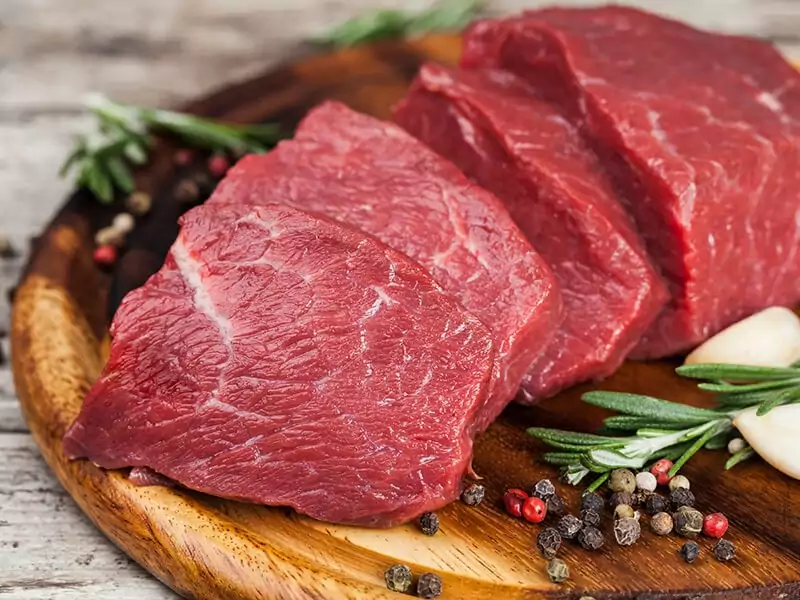
Extra Safety Tips About Blue Steak To Avoid Cross-Contamination
Another critical precaution is to separate the raw steak from other instant food you don’t cook. This practice helps prevent cross-contamination when the bacteria from the other ingredients can inflict on your steak.(3)
Here are some additional measures to avoid cross-contamination in blue steak:
- Always sanitize your hands with soap and warm water, then dry thoroughly before handling the steak.
- Ensure that the steak’s juice doesn’t come into contact with the other ingredients and food.
- Sanitize the cooking utensils thoroughly along with the surfaces in your kitchen after handling the raw meat.
- You should use a specific knife set for cutting the meat if possible.
- Store the meat at the fridge’s bottom or cover it completely to avoid its juice dripping on the other ingredients.
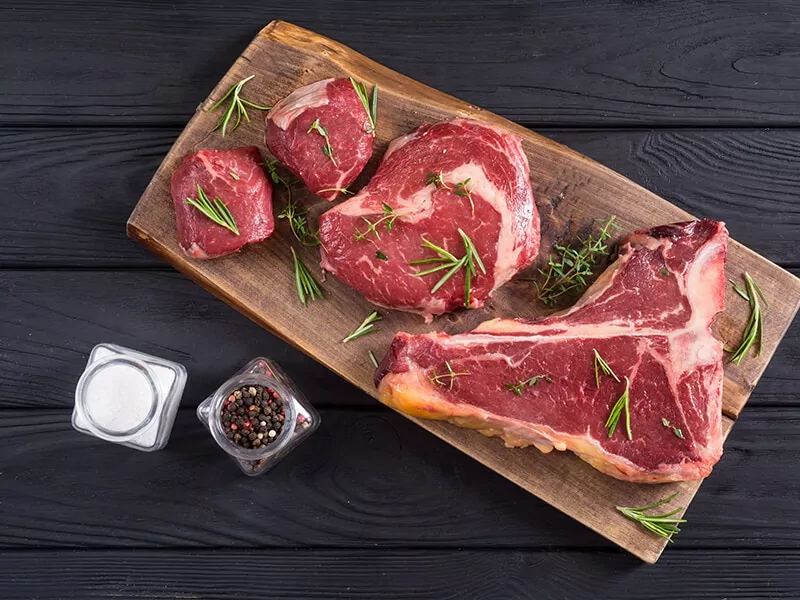
How To Cook The Best Blue Steak?
Cooking blue steak is challenging for beginners since it requires various cooking techniques and adept cooking skills. Either a raw or overcooked steak is appetizing and beneficial for your health.
In addition, choosing premium and tender meat is compulsory for cooking a delicious and authentic blue steak. Besides preparing fresh and high-quality ingredients, here are some essential tools you will need to cook a delicious and safe blue steak.
The Tools That Help You Cook Blue Steak Like A Professional Chef
- A cast-iron skillet: Only cast-iron skillets can retain the high heat and provide an even cooking surface to sear the steak properly, especially when you cook more than one steak.
- High-smoke point oil: Oils like peanut, canola, extra-olive, or grapeseed will work.
- Seasoning condiments: Basic seasonings like salt and pepper are sufficient. You can sprinkle on the steak some extra spices of your favorite steak, but only in small quantities.
- Tongs: I prefer metal tongs because they are easier to clean. Avoid silicone-coated tongs because bacteria can cling to their surface.
- Sanitizing tools: You need warm water, soap, and a sponge to sanitize your equipment.
- A digital meat thermometer: Used for measuring your steak’s internal temperature to ensure a safe and tasty meat texture.
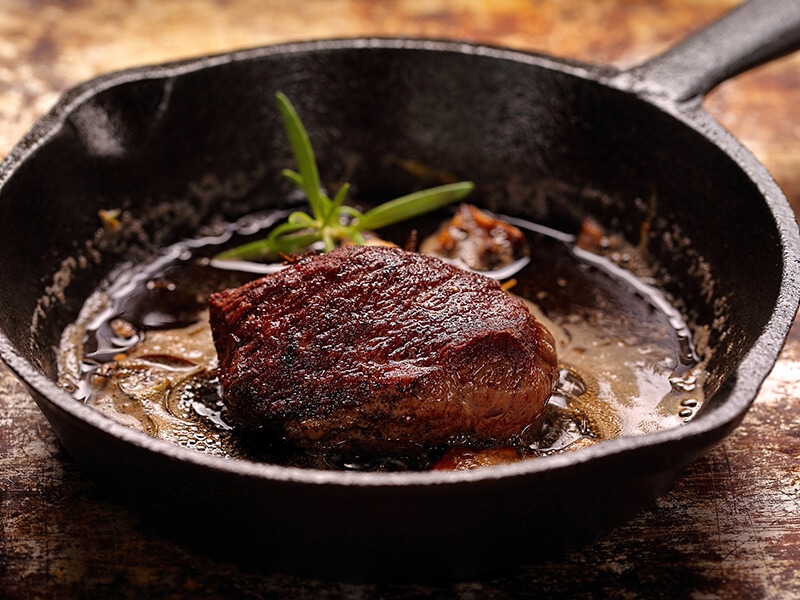
Steps To Cook Blue Steak
The key to making a delicious flank steak is not overcooking it. To achieve a rare, tasty, and safe steak texture, you should sanitize the cooking tools and prepare the meat properly before searing. Here are the basic steps to cook a blue steak.
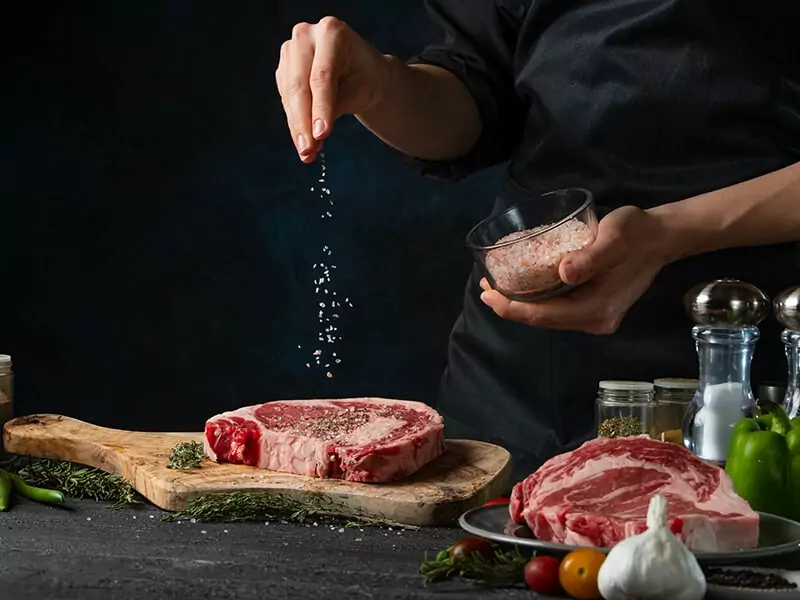
- Step 1: Take the steak out of your fridge for at least one hour before cooking to warm up its exterior.
- Step 2: Blot the steak’s surfaces and sides to remove its excess moisture, then season all sides with black pepper and salt.
- Step 3: Put your iron-cast skillet on heat and drizzle its surface with oil. Wait until the oil is hot and starts smoking.
- Step 4: Gently put your steak onto the pan and leave it for one minute. Don’t try to press or toss the steak.
- Step 5: When waiting for the steak to cook, sanitize your tong and dry it completely.
- Step 6: Flip the steak using your tong and leave it for another minute.
- Step 7: Sanitize the tong one more time.
- Step 8: Use your tong to roll the steak and cook it on the sides. Carefully rotate the steak until all the sides turn brown. Don’t press or apply too much force on the steak.
- Step 9: Use an instant-read thermometer to check the steak temperature. Your blue steak is done when the thermometer shows 115°F/46 °C.
- Step 10: Let the steak rest on the burning oil for a few minutes before serving.
Learn to cook a perfect blue steak in just 6 minutes!
Best Steaks For Making Blue Steak
When cooking a steak, the heat will melt down its fat and break down the meat’s marble. However, cooking blue steak only requires a short period, so only a small amount of fat is melted.
The finest blue steak should have a lean and tender texture with minimal marbling and fat. If you use the fatty parts, your steak will be oily and unappetizing. Here are some lean cuts you can use to make the most delicious blue steak.
- Tenderloin: Tenderloin is cut from the cow’s loin, which has very little fat, muscle, and marbling. Therefore, tenderloin is one of the finest meat restaurants use to make blue steak.
- Flat Iron: Flat iron steaks are cut from the cow’s shoulder or chuck area. While the flat iron steak was considered low-quality in the past, innovations in butchery techniques can remove its connective tissues and increase the steak’s tenderness.
- Sirloin Tip: A cut of Sirloin tip comes from the cow’s primal, which is located on its rear legs’ front end (round). This location contains weight-bearing muscles that simultaneously make the meat chewy yet tender and flavorful.
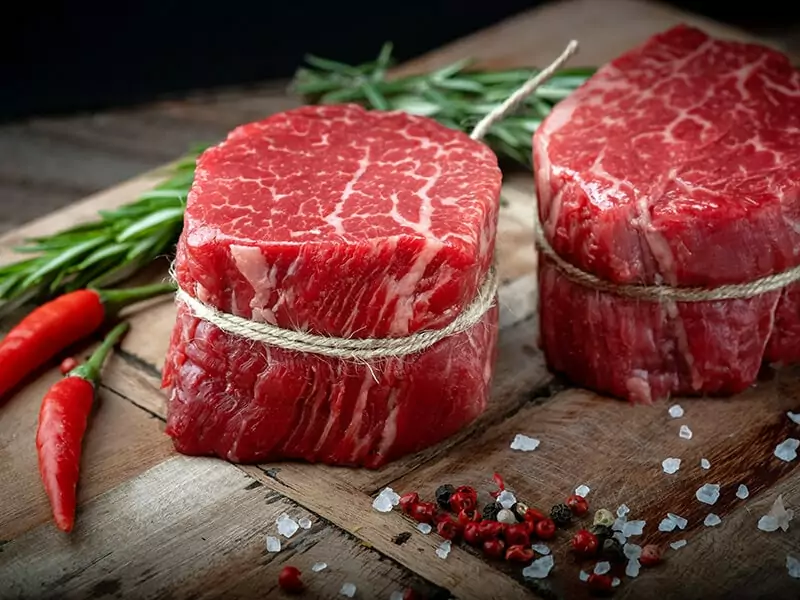
Steaks To Avoid For Making Blue Steak
These steaks are not necessarily low-quality. Still, they feature unsuitable characteristics for blue steaks, such as high marbling density, too much intramuscular fat, and a chewy texture. These features deliver the best experience if you cook the steak to medium-rare doneness.
- Premium steaks: Though the quality of high-end meats like Wangyu beef of Kobe is indisputable, their high marbling density is not suitable for making blue steak.
- Ribeye: Similar to Kobe and Wangyu, Ribeye contains too much marbling.
- T-Bone and Porterhouse: It has an uneven surface, plus a chewy texture.
- Flat steaks: The flank, skirt, or hanger meat is too chewy and thin.
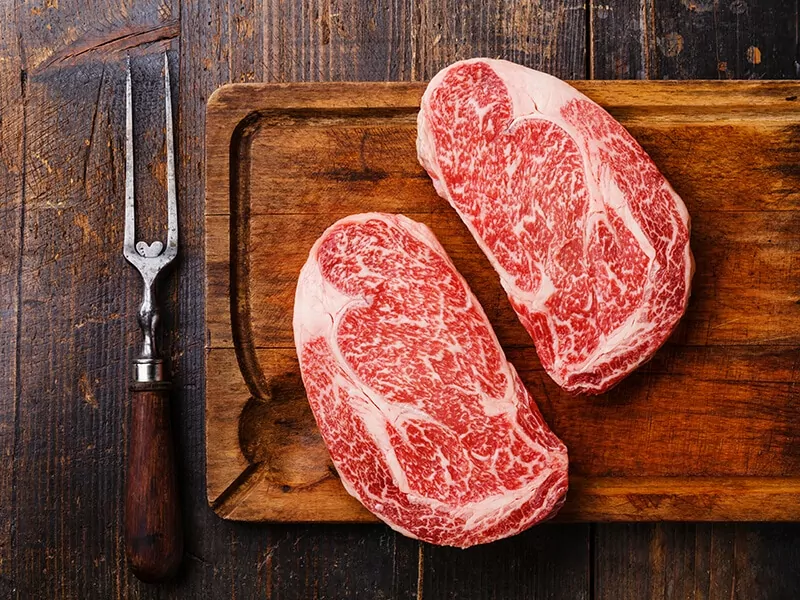
FAQs
Steak is one of the most delicious and nutritious foods you can put on your table. If you are a fan of blue steak, the information below will give you more insights into this delish dish.
Are You A Fan Of Blue Steak?
Blue steak – What is it? And is it safe to eat? I hope you know the answer by now.
In summary, blue steak is the rarest stage of a beef slice and can be cooked by grilling for a short time. Consuming blue steak is generally safe, but you have to follow safety precautions and prepare the ingredient properly.
Many meat lovers think blue steak is the most delicious way to enjoy a high-quality and flavorful beef slice. So, what are your thoughts on blue steak? Will you try it the next time you visit a grill restaurant? Feel free to comment and tell me.
If you enjoy the content, don’t forget to like and share the post before you go. Thank you for reading!
Reference
- Scripps.org. 2020. Is Red Meat Bad for You? [online]
- Foodauthority.nsw.gov.au. Raw Meat Safe Eating. [online]
- Healthline.com. 2020. What Is Cross Contamination? [online]

